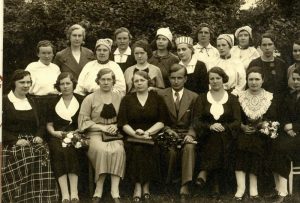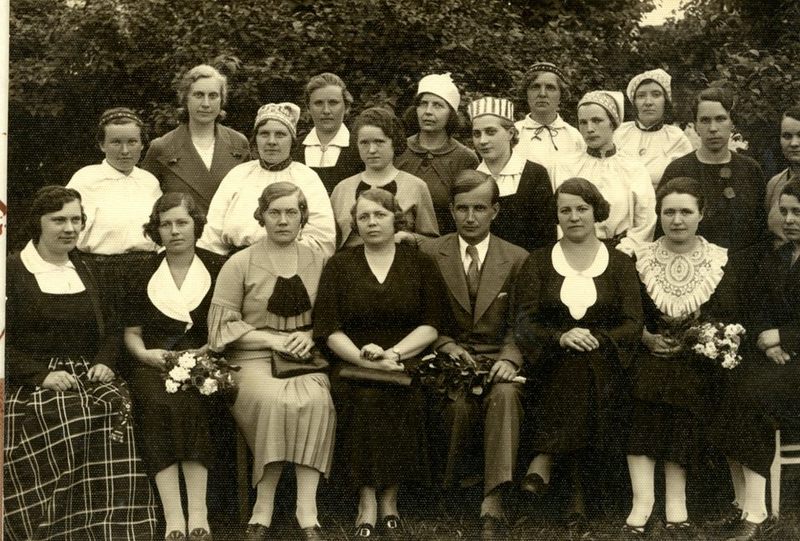Artist, founder and director of History Museum of Daugavpils (1902-1993).
He was born on April 24, 1902 in Rezekne district in Berzgale parish in Ilzene in the family of an official. He started his education in Rezekne State Gymnasium, during the years of the First World War he run away with family and got to Russia. After the graduation from Sichovka Secondary School in the Smolensk region in 1920-1921 he studied painting in the Moscow Higher Technical Workshops. In 1922-1930 he studied at the Art Academy of Latvia, where under the guidance of the Professor V. Purvitis he finished the workshop of landscape painting and got the qualification of an artist – painter. He worked in the sphere of landscape and still-life painting. Since 1927 he regularly participated in painting exhibitions in Daugavpils, as well as in the region and Riga region, being also an active organizer of the Latvia Artists’ Group in Daugavpils. In 1931-1944 he worked in many Daugavpils secondary schools, as well as in Daugavpils State Teachers’ Institute as a teacher of drawing and art history. He encouraged and inspired students to collect and learn folklore of Latgale and ethnography. He was the founder, creator and director of Daugavpils Museum of Regional History and Art. In the museum he created valuable collections of paintings, ethnography, ceramics of Latgale, archaeology, which during the Second World War saved them from export. He collected the widest collection of ceramics of Latgale – around 2300 exhibits. He was interested in ethnography, archeology, worked as a secretary of the composer E. Melngailis at his time of gathering of Latgale folklore, as well as participated in the archaeological excavations in Jersika castle mound, graveyards of Viski and Aizkalne.
In parallel with activities in the field of culture he painted a lot, regularly participated in exhibitions in Latgale and Riga. In the context of landscape painting’s school of V. Purvitis, his art is characterized by a peculiar, very personal soul’s feeling of nature. At the same time his painting is sensitively vital and lyrical, with musically flowing vision of motifs and brush writing. The main value – colour. Green-gray, blue-gray arrangement of tones of muted earth and atmosphere makes a composition, amount, mood and in depiction of concrete places it gets generalization and spirituality in native nature’s revelation of Latgale and Latvia.
The last exhibition which was organized by the artist and in which he participated happened in Daugavpils in 1940 in the time of the Latgale Song Festival. In 1944 he was arrested and sent to hard labour, from which he returned in 1955. He started again to participate in exhibitions in 1991 in the 70’s when Latvia regained its independence, was taken into the Latvian Artists’ Union. In 1992 in Daugavpils and Rezekne personal exhibitions were organized, where the works created in the twenties and thirties were mainly exposed.
He died in Riga on January 16, 1993. He buried at a Forest Cemetery in Riga.
Connection with Daugavpils:
He lived and worked in Daugavpils.



